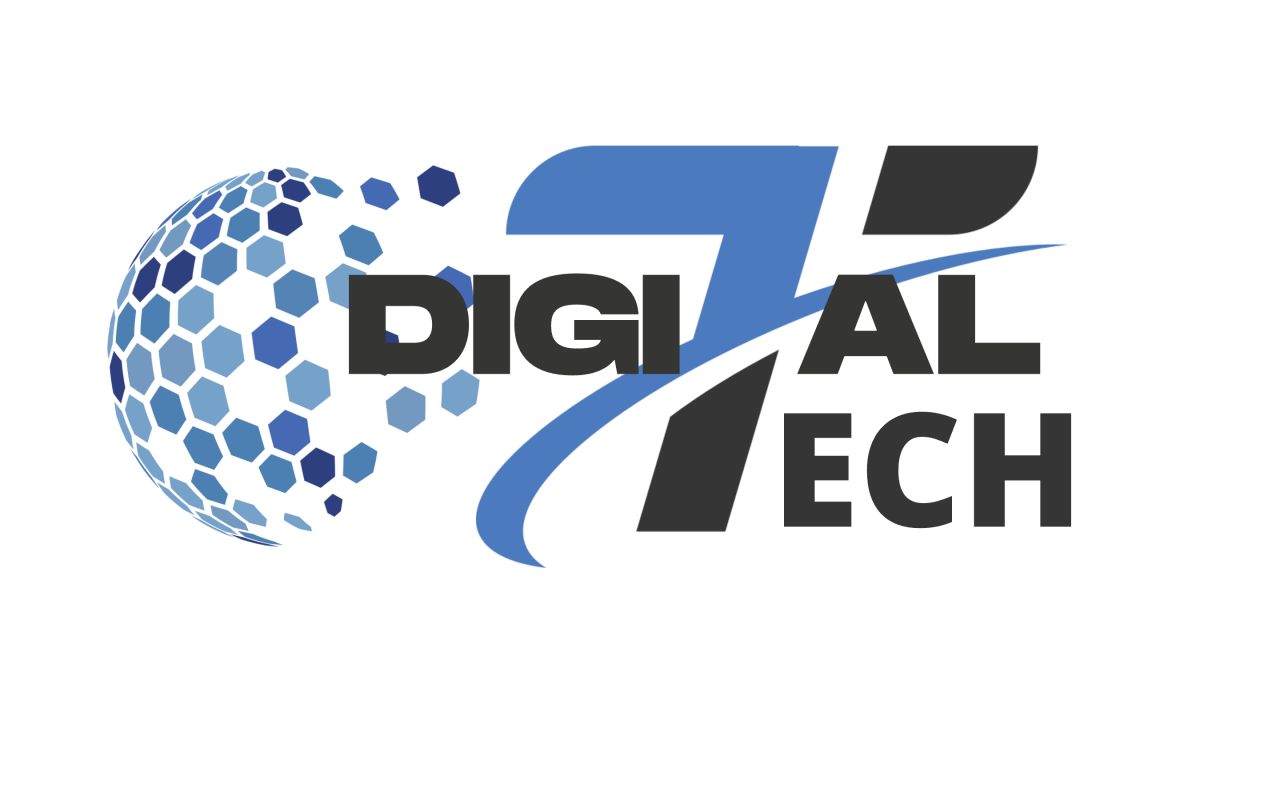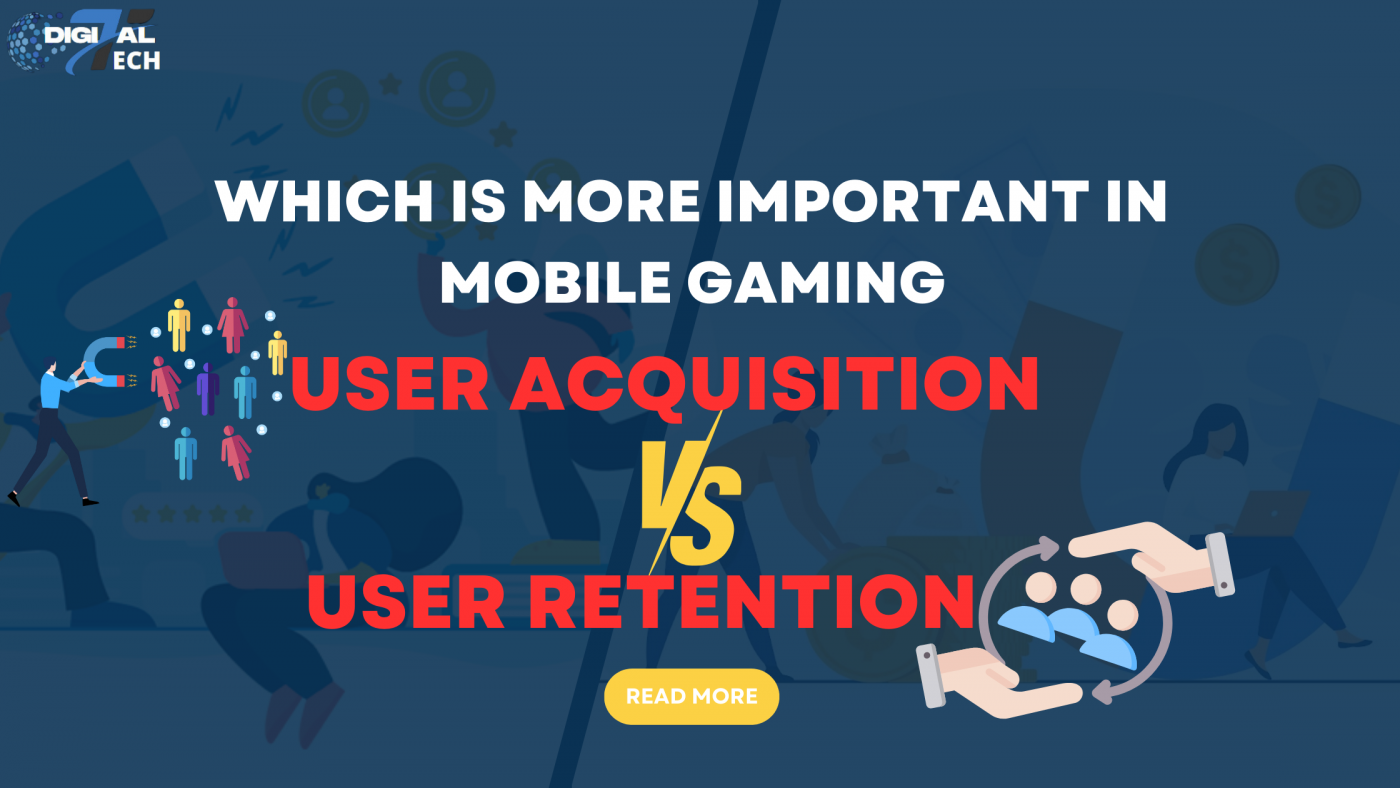Mobile games depend on their player base for survival; therefore, attracting new players and keeping existing ones are crucial.
Getting a lot of gamers is important, but these people will become disinterested very fast if there isn’t lively and interesting community. This raises an important question for user acquisition managers: Should you invest in retaining current players to increase their lifetime value, or should you concentrate more on bringing in new ones to help your game grow quickly?
This essay seeks to shed light on both, examining their respective roles in the popularity of mobile games and emphasizing their main distinctions.
1. What does mobile gaming user acquisition mean?
Increasing the number of players in online games using different marketing strategies is known as use acquisition. In contrast to conventional marketing, gaming user acquisition prioritizes instant conversion. This phase is essential for creating a gaming company that is both competitive and long-lasting, particularly in a market where the strongest players prevail.

Because of the fierce competition and ongoing marketing efforts, acquiring new users can be costly. The mobile gaming market is expanding quickly, making it harder and more resource-intensive to draw in paying players. As per the findings of Liftoff’s 2024 App Marketer Survey, a considerable number of app marketers have adopted more ambitious key performance indicator (KPI) targets in comparison to the previous year, due to notable changes and obstacles in the mobile app ecosystem. To stand out, developers must thus launch comprehensive marketing initiatives, which can necessitate large time and monetary commitments.
Incentives for referrals, content marketing, cross-promotion, and paid advertising through a variety of media platforms are all successful methods for acquiring new users. By drawing in high-caliber users to gaming platforms, these strategies hope to increase the total return on investment. Additionally important to maximizing user acquisition efforts, cutting costs, and increasing platform traffic are branding and marketing automation.
2. What Does Mobile Gaming User Retention Mean?
The goal of user retention is to keep paying gamers interested and coming back to the game. It is an essential indicator of a gaming company’s longevity and profitability. While high churn rates point to potential issues for business, good retention rates show that gamers are content and devoted. It’s crucial to keep players coming back after their initial login because abandoning them would mean squandering the acquisition expense.

Developing a good gaming brand requires retention. The quantity of downloads and visits by themselves does not indicate how involved players are. Monitoring the number of players who come back to your game after their initial visit is crucial. If a player leaves the game, it’s a lost user and an unnecessary expense to get them. As a result, it’s crucial to keep your attention on retention procedures. Giving gamers a great gaming experience is essential since happy players are more likely to stick around. Establishing credibility, meeting player requirements, and steering clear of pointless information are all essential elements of successful retention methods.
3. Techniques to Increase User Retention
A powerful gaming brand is built on a devoted fan base, which is cultivated via providing an excellent player experience. To keep players interested in your game and guarantee their continuing involvement, you should always concentrate on giving them the finest experience possible. Here are several tactics you can use to make this happen:
1. Events that Happen in-game and Customized Experiences
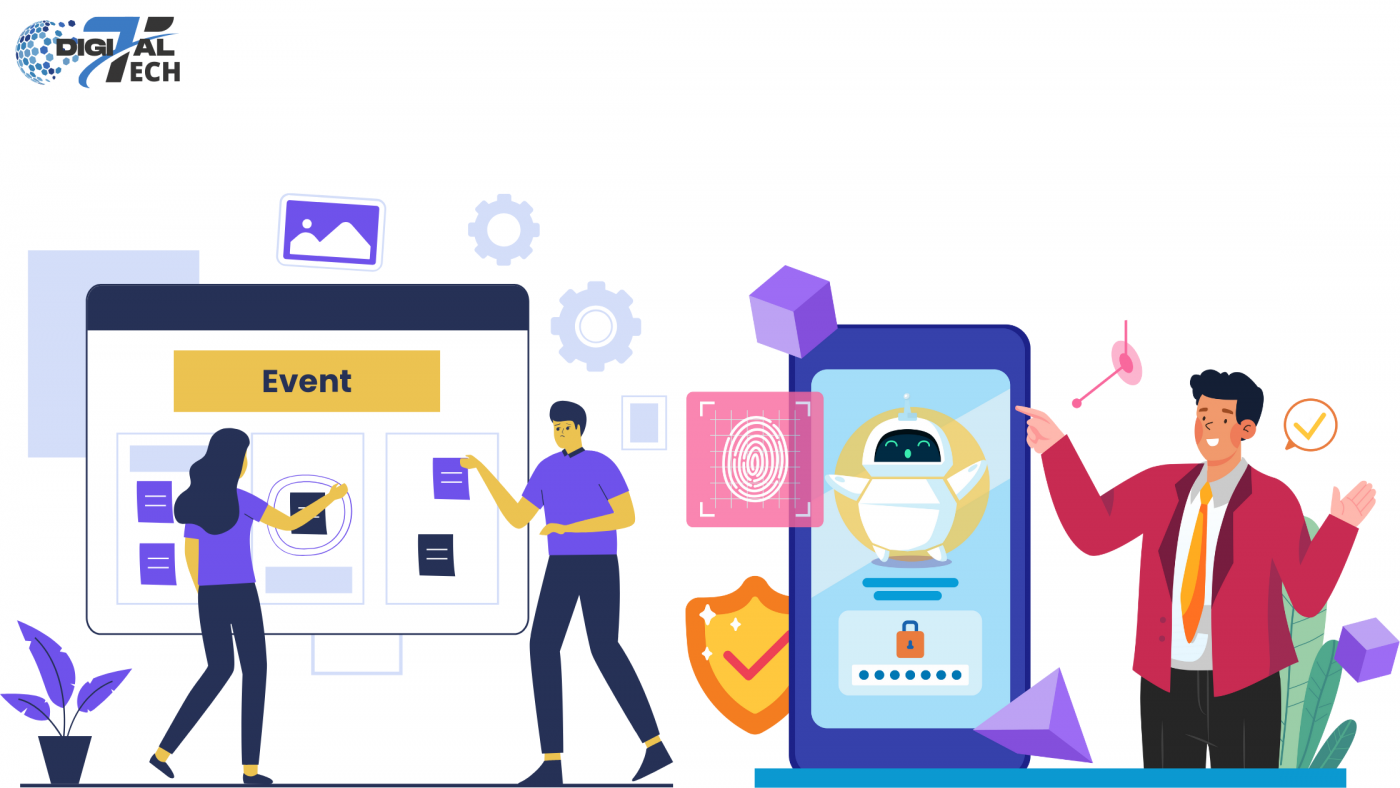
Organizing in-game activities on a regular basis can greatly increase player engagement. Events might include anything from challenges with a festive theme to unique competitions with prizes. Customized interactions, including suggesting events based on a player’s past actions, can increase players’ sense of worth and immersion in the game. To make each player’s experience unique, a game could, for instance, offer customized missions or events based on the player’s accomplishments and choices.
2. Community Building to Increase User Retention
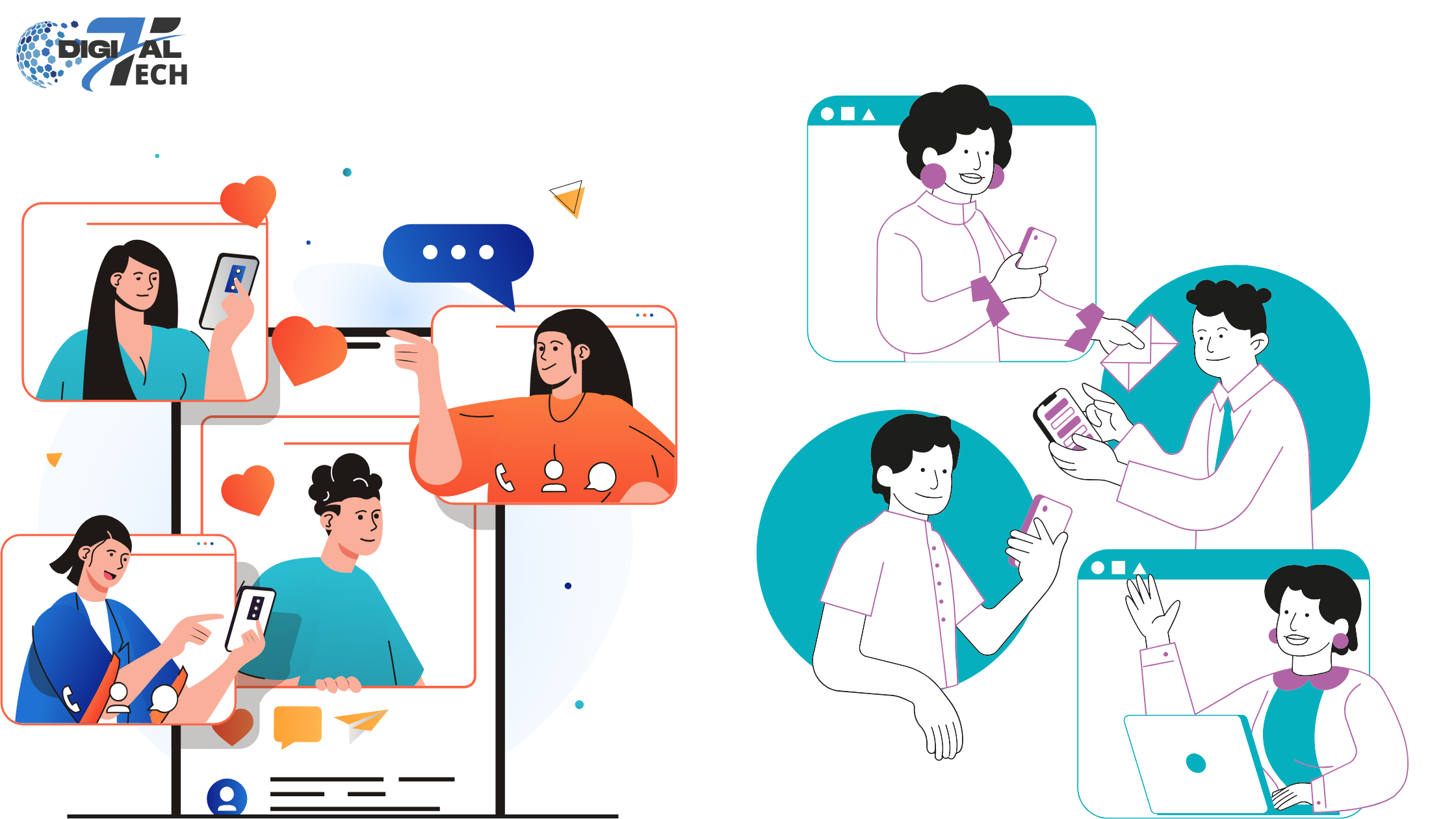
Including strong social features in your game helps players feel more connected to one another. Players can communicate, exchange advice, and build connections through features like in-game chat, forums guilds, and clans. This social connection may increase players’ loyalty and regular attendance at the game. Deepening engagement can be achieved, for example, by introducing a guild system where players can band together and take part in guild-specific events.
3. Customer Support to Increase User Retention
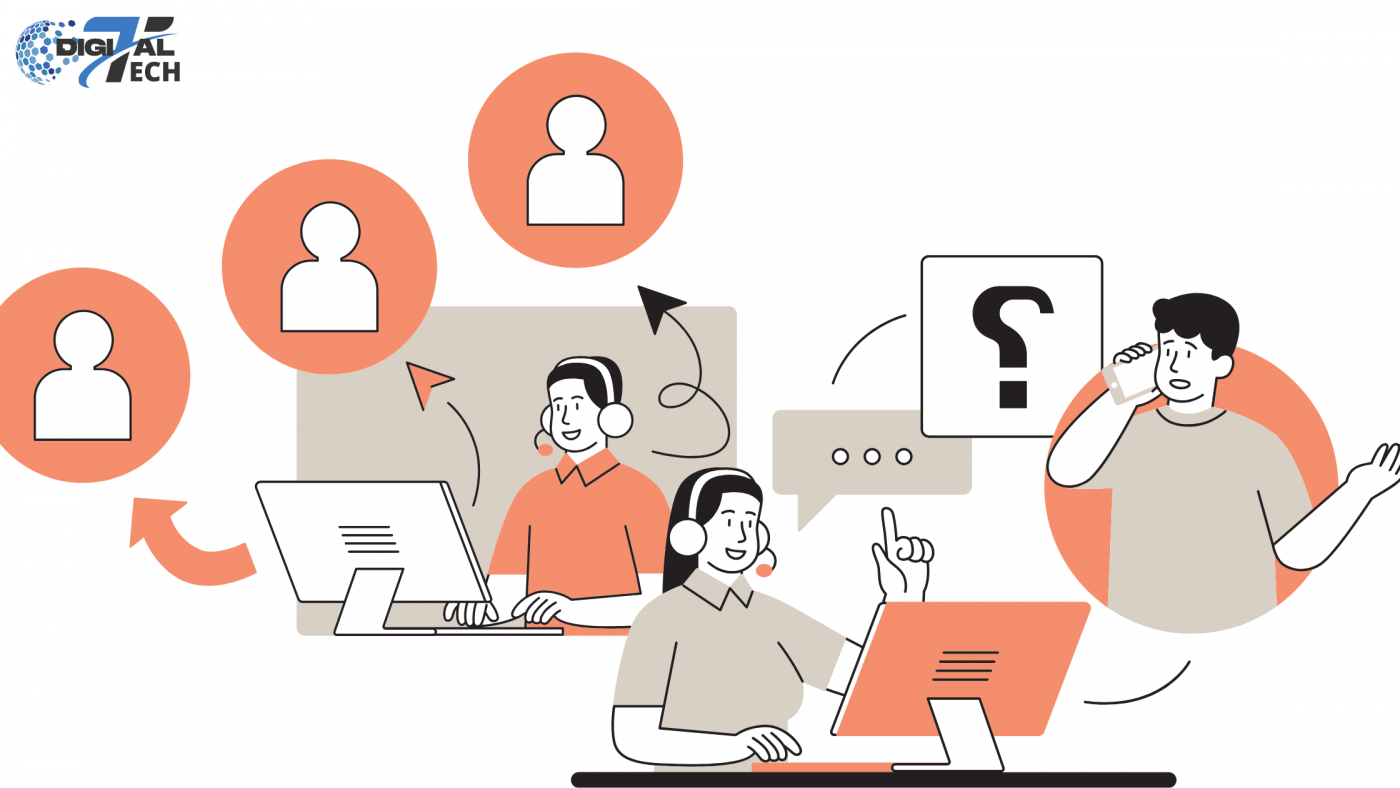
Retaining players requires offering top-notch customer service. Player attrition and frusration can be avoided with prompt and efficient issue responses. Providing assistance via many channels, including social media, email, and in-game help centers, guarantees that players may access support anytime they need it.
4. Frequent Content Releases and Updates to Increase User Retention
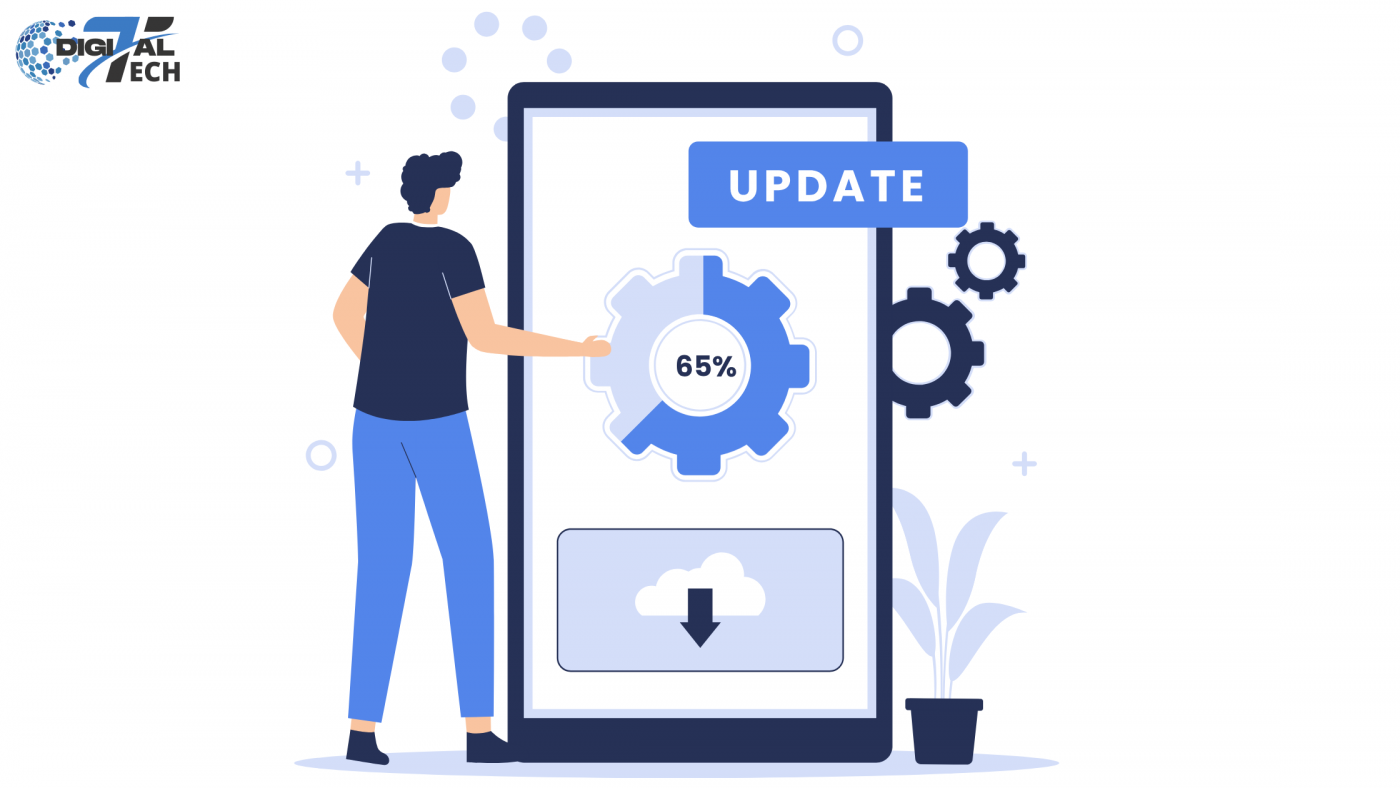
To keep players interested, the game must be updated frequently with new content. New characters, features, goods, or levels may be included in these upgrades. Above all, take advantage of updates to fix any bugs or difficulties that users may have been complaining about with the game. Frequent content updates give gamers something to look forward to and prevent the game from growing boring.
5. Personalization to Increase User Retention
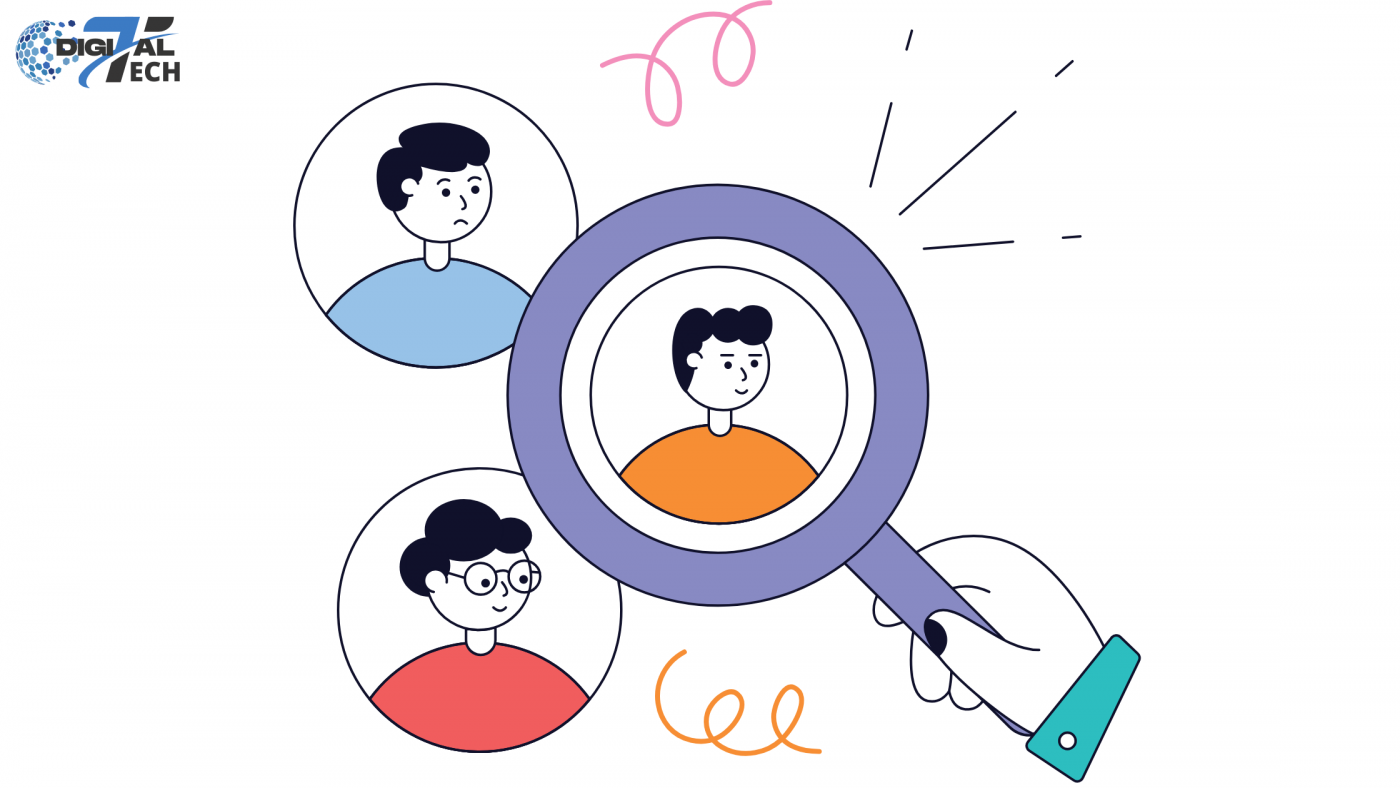
Customizing the game to each player’s preferences can greatly increase retention. Offering personalized in-game products or recommending new tasks that fit a player’s play style are two examples of personalized content recommendations.
6. Loyalty Programs to Increase User Retention
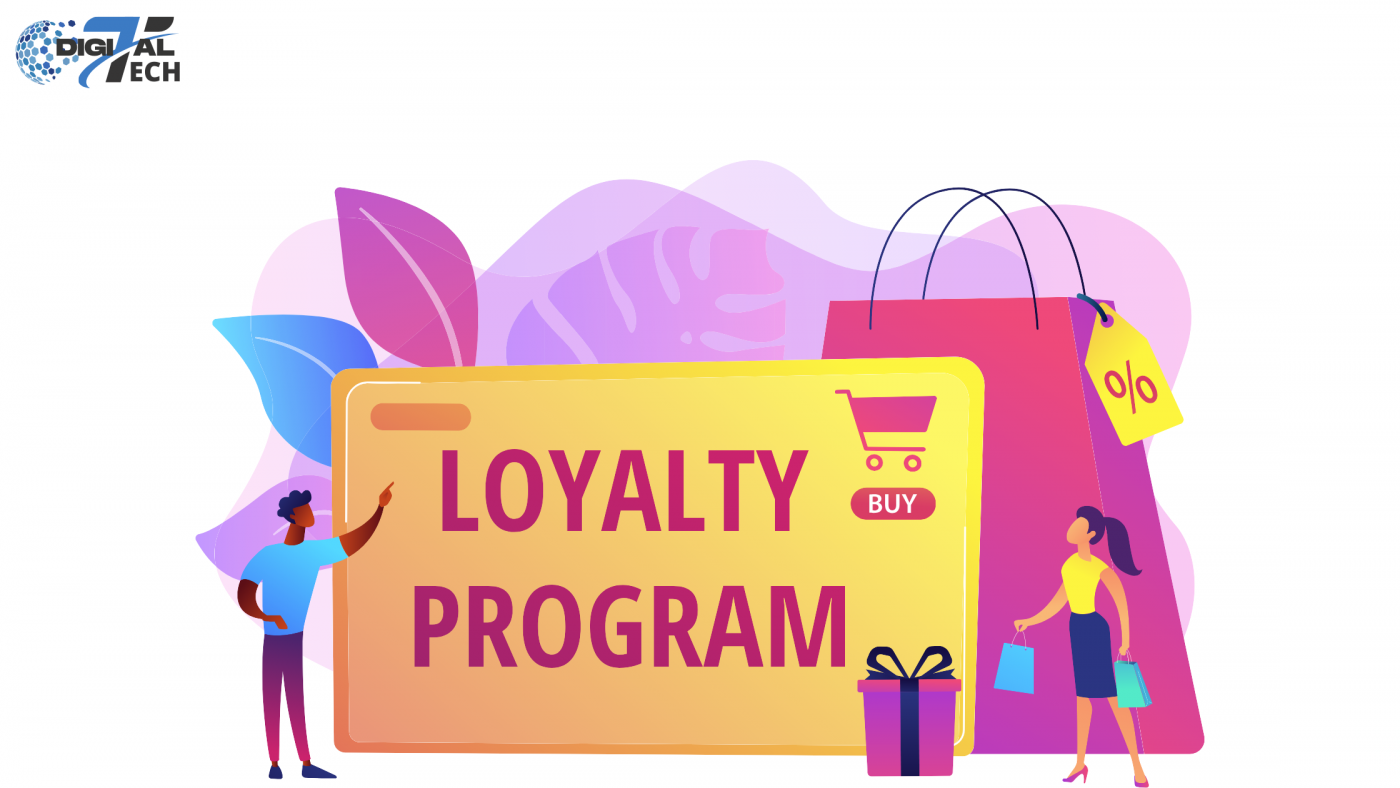
Putting loyalty programs in place encourages continued participation and rewards committed gamers. Loyal gamers may be eligible for exclusive privileges, exclusive awards, and recognition through these programs. For instance, a game may have a VIP program wherein users who spend a certain amount of money or who have been active for a set amount of time get special in-game items, first access to new content, and other benefits.
4. Four Important Distinctions Between User Acquisition and User Retention in Gaming
While both user acquisition and retention are essential to success, their functions are distinct. A balanced approach requires an understanding of these two notions’ primary distinctions.
1. Establishing New and Engaging with Current Clients
Bringing in new users to your platform is known as user acquisition, and it takes a lot of time and money to do. It’s continuous endeavor that begins with educating prospective players who are not familiar with your brand and raising awareness of your game. In order to reach and convert new users, this process necessitates ongoing marketing activities.
Conversely, user retention aims to prolong the amount of time that current gamers spend playing your game. This strategy focuses on users who are already acquainted with your platform in an effort to turn sporadic users into devoted followers. Long-term success in the gaming industry is contingent upin player loyalty, which is why retention is so important.
2. Marketing Costs
The size and extent of campaigns affect the cost of marketing. In general, the cost of acquiring users is higher than that of retaining them. Recruiting new players from the ground up requires significant financial outlays for things like data gathering, eye-catching campaigns, training programs, and alluring promotions. Retention initiatives, on the other hand, target current players and frequently call for less financial investment while preserving player involvement.
3. Return on Investment (ROI)
ROI is an essential indicator of the success of marketing campaigns for any gaming company. The key to long-term success in gaming is ROI maximization. In order to assure successful campaigns, user acquisition necessitates specific marketing methods; otherwise, resources may be wasted. Retention efforts, on the other hand, usually yield a higher return on investment because it is usually less expensive to maintain the engagement of current players than to find new ones.
4. Strategies
Different tactics that are adapted to their particular objectives are needed for user acquisition and retention. The goal of acquisition tactics is to draw in new participants using a variety of techniques, like content marketing, advertising, and referrals. However, retention methods use community development, loyalty schemes, and personalized experiences to try and keep current players interested and satisfied. Both are necessary, but in order to meet their particular challenges, they require different strategies.
5. The Significance of User Acquisition and User Retention
The general well-being of a gaming platform depends on the retention and acquisition of new users working in tandem. While player engagement and income generation are initially driven by user acquisition, retention makes sure that players stay involved. Getting more players can help your game become more visible in app stores, be featured in the media, and generate buzz. But the initial cost of gaining these players is lost if they don’t remain active.
Conversely, retention aims to maintain the interest and satisfaction of current players. Retained players are more likely to become brand ambassadors for your game, encouraging new players to play it and spending money on in-game purchases. In addition to improving the player base, this lowers churn rates and raises lifetime value.
A unified and effective marketing strategy requires the integration of acquisition and retention methods. Here are a few efficient approaches to coordinating these initiatives:
1. Onboarding Experience
Assure a seamless and enjoyable onboarding experience for new participants. This can close the gap between acquisition and retention by enhancing first impressions and motivating continued play.
2. Personalized Marketing
To customize marketing messages for both new and current players, use data analytics. By catering to the unique interests and habits of its audience, personalized content can draw in new viewers and maintain the interest of existing ones.
3. In-Game Incentives
Make prizes that will interest gamers of all skill levels. For example, long-term gamers may receive loyalty awards, while new players may receive welcome bonuses. This strategy has the potential to improve everyone’s game experience.
4. Feedback Loops
Provide players with channels to voice their opinions and make ideas. Respond to player comments in a way that demonstrates the value of their input. This will increase player retention and draw in new players who will be drawn to a dynamic and responsive game.
Through the integration of these tactics, game producers may establish a well-rounded strategy that optimizes user acquisition and retention, guaranteeing the success of their titles in the fiercely competitive mobile gaming industry.
